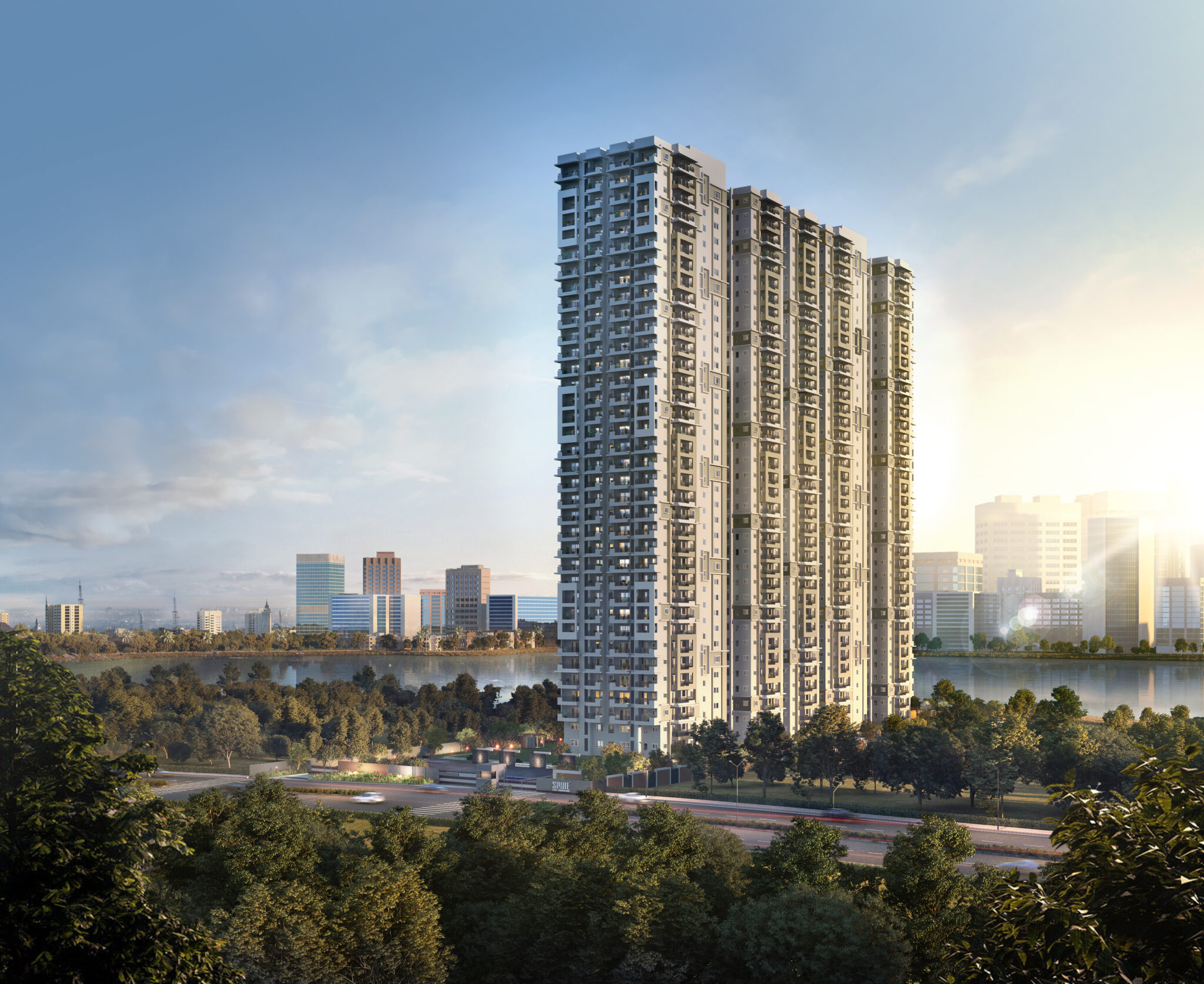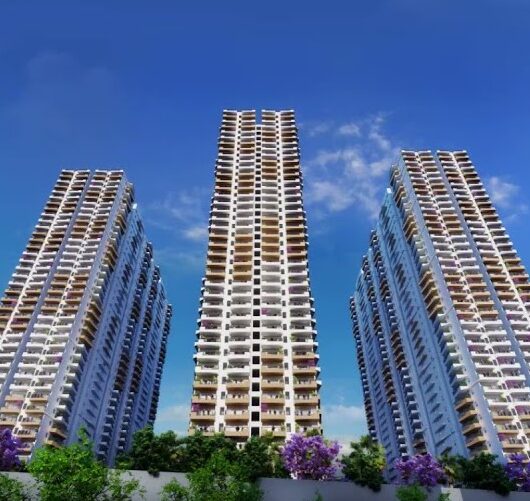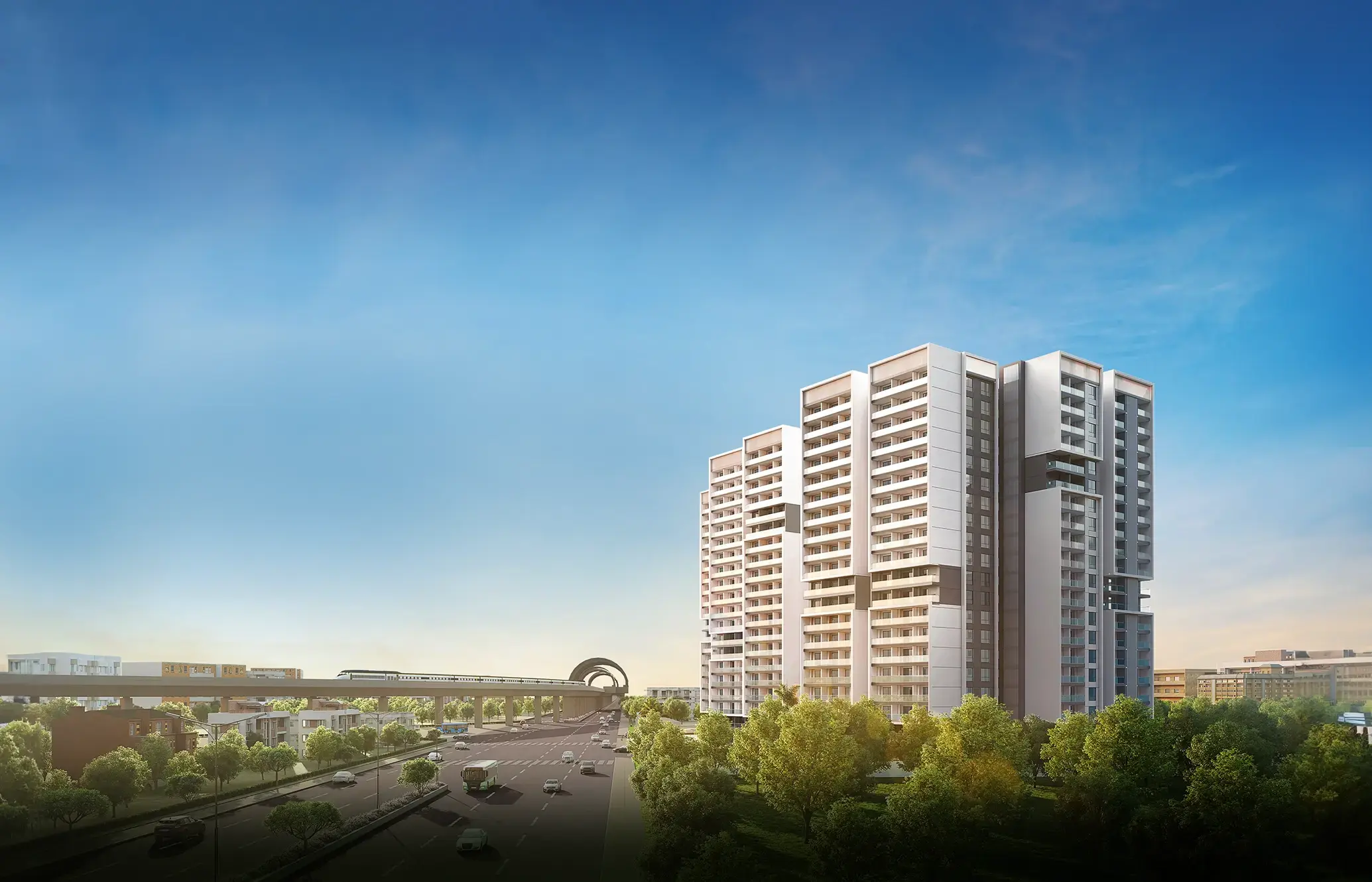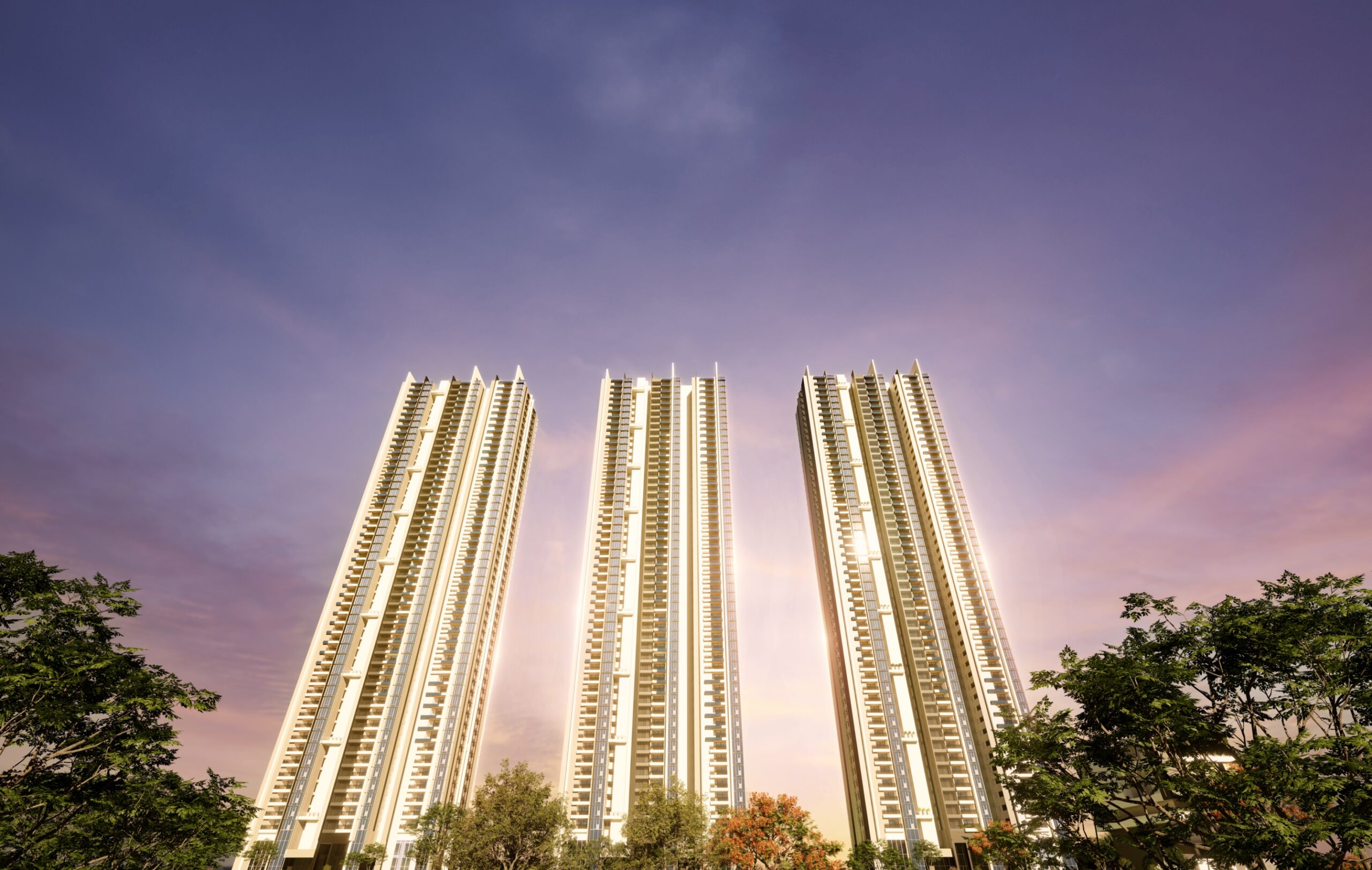TDR in Real Estate: What You Need to Know
Transferable Development Rights TDR in real estate emerge as a crucial tool for real estate construction, particularly for a world grappling with rapid urbanization and the need for sustainable development. TDRs are a market-based approach that separates the development potential of a land parcel from the land itself, allowing for a more balanced distribution of building rights across a city.
TDRs essentially detach the “right to build” from a specific property. Landowners in areas designated for conservation (farmlands, wetlands, historical sites) can sell their unused development rights to developers in designated high-density zones. These developers can then use the purchased TDRs to construct additional floors beyond the Floor Space Index (FSI) limit set by local authorities.
Benefits of TDR

- Preservation: TDRs help conserve ecologically sensitive or culturally significant areas by providing landowners with an economic incentive to forgo development. A prime example is Mumbai’s Coastal Regulation Zone (CRZ), where TDRs have played a vital role in protecting ecologically sensitive mangroves. Studies by the Bombay High Court have highlighted the positive impact of TDRs in discouraging mangrove deforestation [A.D. Marg vs Union of India & Ors (2005) Case].
- Urban Planning: They enable authorities to guide development towards designated areas with better infrastructure, reducing strain on existing resources. For instance, Delhi’s TDR program incentivizes development away from floodplains and congested areas by offering higher TDR ratios for land parcels surrendered for public purposes.
- Economic Opportunity: Landowners in restricted zones gain financial compensation for their development rights, while developers in high-density zones gain additional building capacity. This creates a win-win situation, unlocking economic opportunities for both parties.
Challenges and Considerations

- Market Fluctuations: The value of TDRs can be volatile, impacting both landowners and developers. Economic downturns or changes in development patterns can lead to fluctuations in TDR prices, requiring careful market analysis before entering into transactions.
- Administrative Complexity: Establishing and managing a successful TDR program requires careful planning and administration. This includes creating clear guidelines for pricing, trading, and ensuring enforceability of TDR transactions. Additionally, a robust monitoring system is necessary to track compliance and address any issues.
- Equity Concerns: Critics argue that TDRs can benefit wealthy landowners in restricted zones more than developers in high-density areas. Some argue that wealthy landowners with larger land parcels benefit disproportionately from TDRs, while developers in high-density areas, often operating on smaller margins, may be priced out of the market.
- Ensuring fair market pricing: Finding the right balance between landowner compensation and developer affordability is crucial. Setting TDR prices too high could discourage developers from participating, while excessively low prices might not adequately compensate landowners.
- Speculation and manipulation: The TDR market can be susceptible to speculation, leading to inflated prices and hindering genuine development projects. Unscrupulous actors may exploit loopholes or engage in unfair practices, jeopardizing the intended benefits of TDR.
- Managing potential conflicts: TDR programs can introduce new complexities in land-use planning. There’s a possibility of conflicts arising between landowners in sending areas and developers in receiving areas. Effective community engagement throughout the planning process is essential to address concerns and align with community goals.
- Long-term vision: Successful TDR programs necessitate a long-term vision for land-use planning that considers not only current development needs but also future growth and preservation priorities. This requires collaboration between various stakeholders, government agencies, developers, landowners, and community representatives.
Mechanics of TDR Systems

TDRs can be traded through a formal exchange or over-the-counter transactions, with prices determined by market forces like location, development potential, and demand. Similar to stock exchanges, a well-designed TDR market ensures transparency and liquidity.
Local authorities establish clear guidelines defining eligible TDR zones, tradable rights per unit area, and permissible uses of purchased TDRs. These regulations are crucial for ensuring the program’s effectiveness and preventing misuse.
PROJECT_PROMOTION]
Several Indian cities like Mumbai and Delhi have implemented TDR programs for protecting mangroves (a delicate ecosystem), heritage structures, and creating open spaces. The Gujarat Town Planning Act of 1976 was one of the first in India to incorporate TDRs. The state has used them for preserving ecologically sensitive areas like the Gulf of Khambhat. The Delhi Development Authority (DDA) has implemented TDRs for protecting heritage buildings and encouraging development in designated zones.
Who benefits from TDR programs?

TDR programs offer a win-win situation for multiple stakeholders:
Landowners in sending areas: They receive financial compensation for forgoing development on their land. This can be particularly valuable for owners of environmentally sensitive areas, farmland, or historic properties who might otherwise face economic pressure to develop. TDRs provide a mechanism to generate income from their land while achieving conservation or preservation goals.
Developers in receiving areas: TDRs provide developers with the flexibility to build denser projects in designated areas. By purchasing development rights, they can exceed the standard Floor Space Index (FSI) limitations, allowing for projects that might not be feasible otherwise. This can translate to increased profits and contribute to a more robust construction industry in these areas.
Communities: TDR programs offer broader societal benefits –
- By incentivizing the preservation of natural habitats, wetlands, and agricultural lands, TDRs contribute to maintaining ecological balance and mitigating climate change.
- TDRs can safeguard historically significant buildings and districts. By offering economic incentives to property owners, TDR programs encourage restoration and adaptive reuse of these structures, ensuring the continuation of a community’s cultural heritage.
- TDRs promote compact, walkable communities by concentrating development in designated areas with existing infrastructure. This reduces urban sprawl, promotes efficient use of resources like water and energy, and fosters a more pedestrian-friendly environment.
- TDRs create a market for development rights, generating economic opportunities for landowners in sending areas. Additionally, by facilitating higher-density construction in receiving areas, TDRs can contribute to increased tax revenue for municipalities, which can then be reinvested in infrastructure and community services.
How are TDRs priced?

Development potential of the sending area: Land with higher potential development value (e.g., larger parcels, prime locations) will command a higher price for its development rights. This reflects the opportunity cost for the landowner who is forgoing potential future development.
Demand in the receiving area: The price of TDRs will also be influenced by the demand for additional development capacity in receiving areas. If there are many developers seeking to build larger projects in a particular zone, they will be willing to pay more to acquire the necessary TDRs.
Overall market conditions: General economic factors, such as interest rates and construction costs, can also play a role in determining TDR prices. A strong real estate market with high demand for development might lead to an increase in TDR prices.
Types of TDR in India

There are two primary types of TDR in India, each catering to specific development goals:
- Floor Space Index (FSI) TDR: This is the most common type, where the development rights are measured in terms of additional Floor Space Index (FSI) that a developer can utilize on their project site. Imagine a scenario where a developer wants to build a high-rise apartment complex in a designated urban area with a base FSI of 1.5. However, local regulations restrict them from exceeding that limit. They can purchase FSI TDR from a landowner in a rural zone where development is less restricted. This allows them to increase the permissible built-up area on their project site, making the project financially more viable.
- Zone Development Rights (ZDR): This type allows developers to transfer development rights from designated zones (like agricultural land) to pre-defined receiving zones (typically urban areas) for specific purposes like infrastructure development or social housing projects. ZDR plays a crucial role in facilitating essential public works. For instance, the Delhi Development Authority (DDA) utilizes ZDR for acquiring land for infrastructure projects like the Delhi Metro by offering development rights in designated areas. This enables the development of critical infrastructure projects without putting undue strain on existing resources in developed zones.
Recommendations for a More Efficient TDR System
- Establishing a transparent online trading platform: This would increase accessibility, improve price discovery, and reduce reliance on informal networks.
- Streamlining approval processes: Simplifying procedures and expediting approvals can incentivize participation and reduce project delays.
- Raising public awareness about TDR: Educating both developers and landowners about the TDR system and its benefits can promote wider participation and fairer transactions.
- Regularly monitoring and reviewing TDR regulations: Adapting regulations to address emerging challenges and ensure the system functions equitably is crucial.
Future of TDRs
Technological Integration: Blockchain technology has the potential to streamline TDR transactions and enhance transparency. Blockchain can provide a secure and tamper-proof platform for recording TDR ownership and facilitating trades, reducing administrative burdens and transaction costs.
Evolving Regulations: As cities grapple with new challenges, TDR programs can be adapted to address issues like affordable housing or climate change mitigation. For instance, incorporating additional TDR incentives for developers who construct green buildings or include affordable housing units in their projects can promote sustainable development practices. With increasing urbanization pressures worldwide, TDRs can be a valuable tool for sustainable urban planning in various contexts.
TDR in Hyderabad Real Estate: Trends and Examples
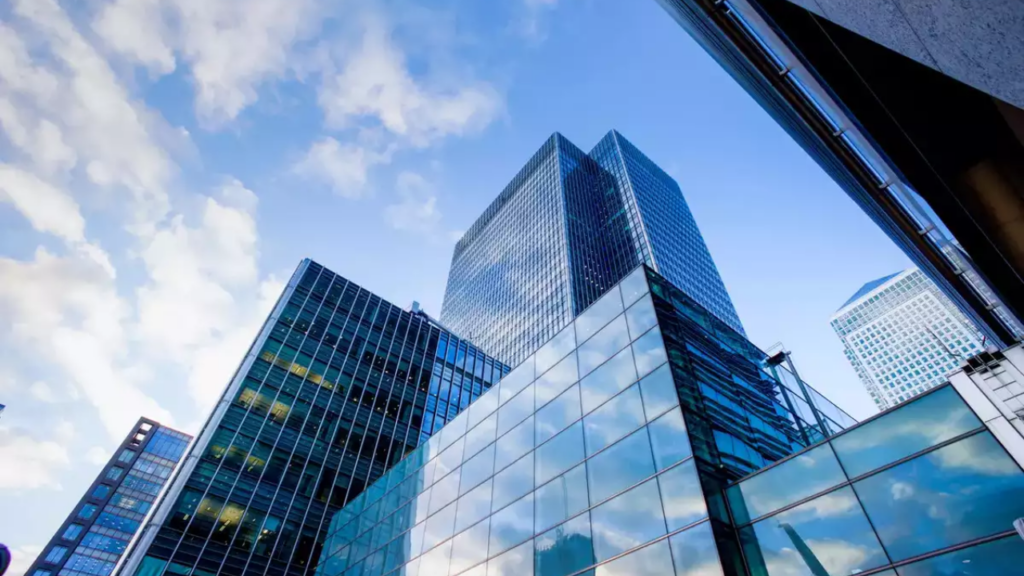
Hyderabad has seen a significant rise in TDR utilization since the introduction of a revised policy in 2014.
Trends:
- Double TDR for Infrastructure Projects: The GHMC offers double TDR for land acquired for widening of Drains (Naala) and other infrastructure projects, making it more attractive for landowners to participate.
- Online TDR Banks: Initiatives like the proposed online TDR banks aim to streamline the process of buying and selling TDR certificates, creating a more transparent market.
- Focus on Strategic Development: The policy prioritizes using TDR for development along specific corridors and growth zones, promoting planned urbanization.
Examples:
The ambitious Strategic Road Development Program (SRDP) in Hyderabad utilized TDR to acquire land for road widening, minimizing the financial burden on the government. The ongoing beautification project (Riverfront development) along the Musi river leverages TDR to incentivize development in surrounding areas, fostering a vibrant riverside district.
FAQs
Yes, regulations typically specify the types of projects where TDRs can be used and the maximum additional floor space they allow.
It’s important to note that specific regulations and implementation details of TDR vary across different states in India. Some states, like Gujarat, have a well-defined framework for FSI TDR, promoting planned urban development and conservation of agricultural land. However, navigating the intricacies of ZDR can be more complex, as it often involves multiple government agencies and specific project objectives.

